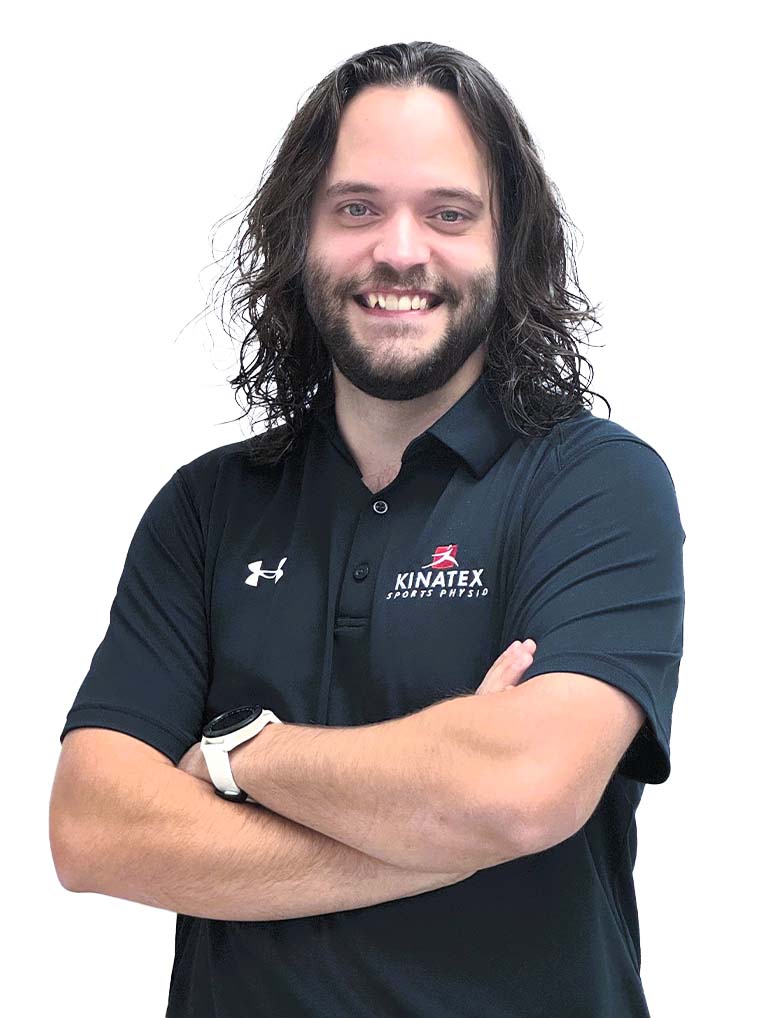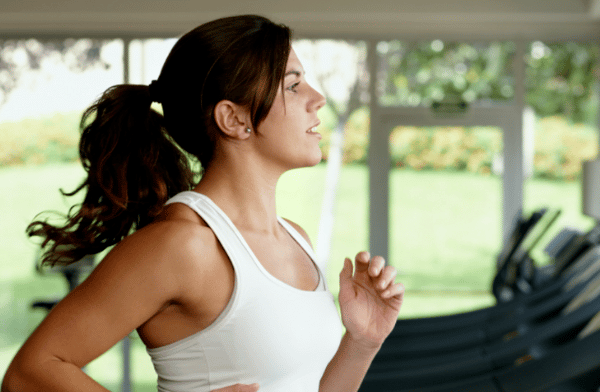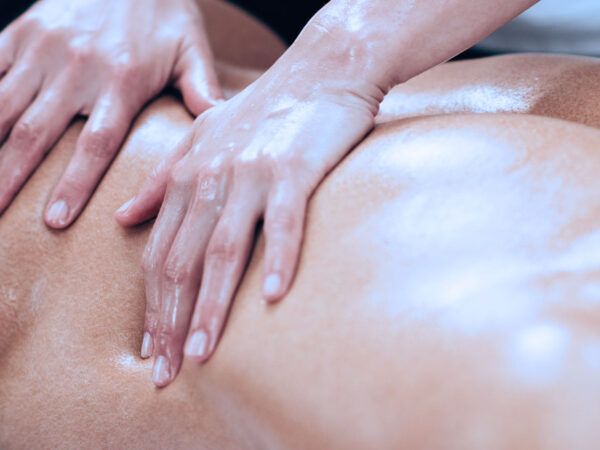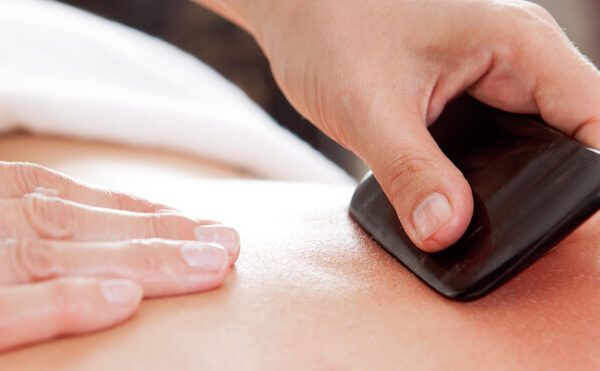What is Achilles tendinopathy?
The Achilles tendon is the strongest tendon in the human body. It plays a crucial role in propulsion and shock absorption, especially during running. Despite its strength, it is not immune to injury, particularly among runners. Achilles tendinopathy is a common condition but is largely preventable with proper biomechanical understanding and well-managed loading.
The two types of Achilles tendinopathy
There are mainly two forms of tendinopathy:
- Mid-portion tendinopathy: affects the middle part of the tendon. It typically presents as pain a few centimeters above the insertion on the heel. It is often associated with high-velocity efforts such as sprints, intervals, or rapid changes in direction.
- Insertional tendinopathy: affects the tendon’s attachment on the calcaneus (heel bone). Pain is located directly at the insertion and is worsened by movements involving excessive dorsiflexion of the ankle (e.g., uphill running, stairs, deep squats).

What are the causes and risk factors for runners?
Achilles tendinopathy usually occurs when the tendon is subjected to mechanical loads that exceed its capacity to adapt and recover. In other words, the tendon can no longer effectively absorb the stresses placed on it. In runners, this imbalance may be caused by several factors:
- Rapid increase in training volume or intensity.
- Progressing speed work or hill sessions too quickly.
- Weakness or lack of control in the lower leg muscles.
- Running technique.
- Shoes that cause friction or pressure on the tendon.
The tendon experiences different types of stress:
- Tensile stress during push-off.
- Compressive stress, especially during dorsiflexion or when bony structures are present, such as in Haglund’s deformity.
- Friction, mainly on the paratenon (the sheath surrounding the tendon).
These stresses can result in microtrauma, acute inflammation, or chronic tendon degeneration (tendinosis).
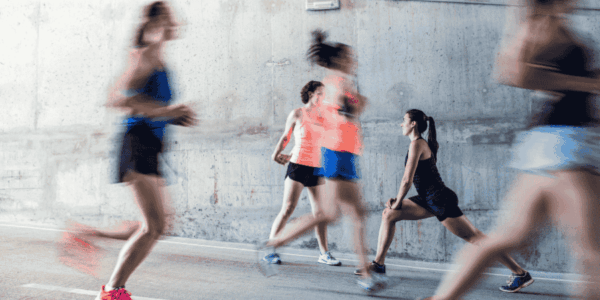
How to treat Achilles tendinopathy?
Treatment: modern and progressive principles
In the acute phase, temporarily reducing load is often necessary. This can include:
- Reducing painful activities such as running or hill training.
- Temporary use of heel lifts to limit dorsiflexion and reduce compressive forces on the tendon.
In the case of insertional pain, aggressive stretching should be avoided.
Specific rehabilitation
- Progressive strengthening exercises to restore the tendon’s load tolerance.
- Motor control training to restore quality movement.
- Precise load management to avoid recurrence
- Gradual return to running while controlling variables such as cadence, speed, volume, and surface type

How can Achilles tendinopathy be prevented?
Prevention relies on gradually adapting the tendon to mechanical stress:
- Regular strengthening of the calf muscles.
- Avoiding sudden increases in volume or intensity.
- Paying special attention during transition periods (new program, new shoes, returning after a break).
- Running biomechanics analysis if needed.
- Choosing shoes that do not increase compression or friction on the back of the heel
A more “protective” running technique (often involving increased cadence or midfoot strike) may reduce impact forces, but it can increase demand on the calf muscles, so load must be adjusted intelligently.
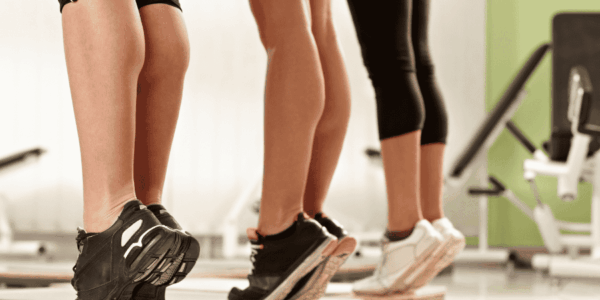
In conclusion
Achilles tendinopathy is common in runners but is both preventable and treatable. An individualized approach focused on load management, progressive rehabilitation, and prevention enables a sustainable return to running. At Kinatex, our professionals specialized in running can help identify the specific causes in your case and guide you toward a safe return to activity.

